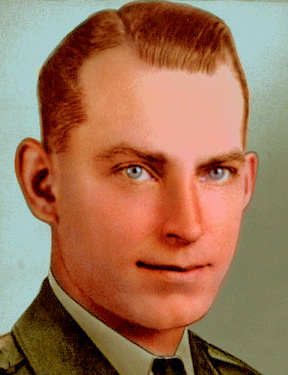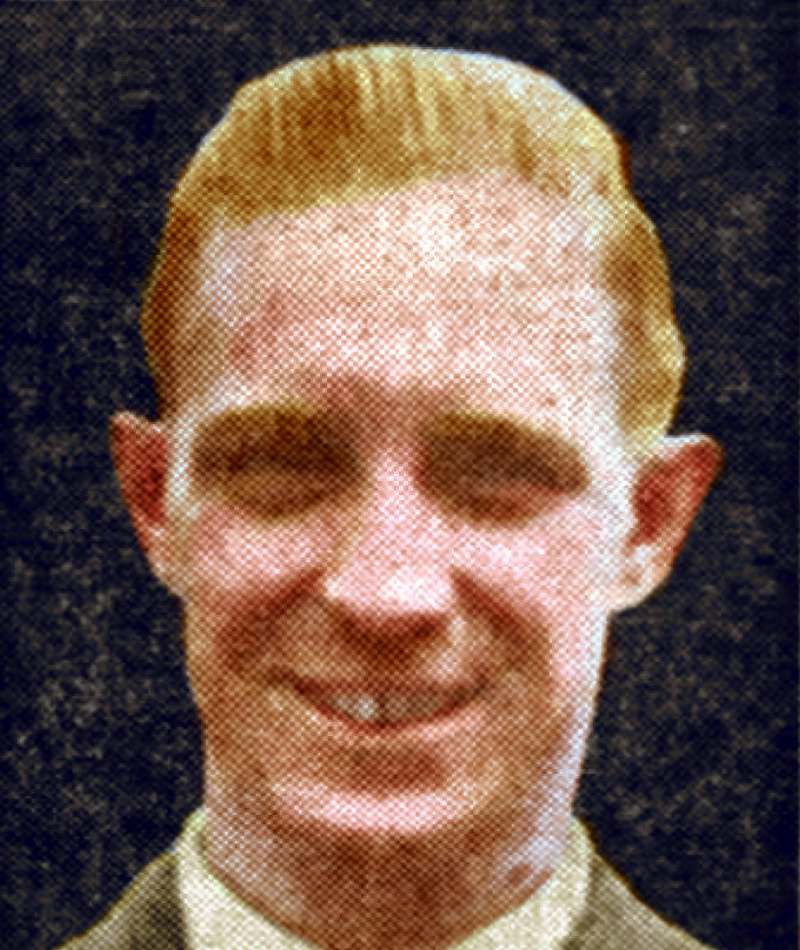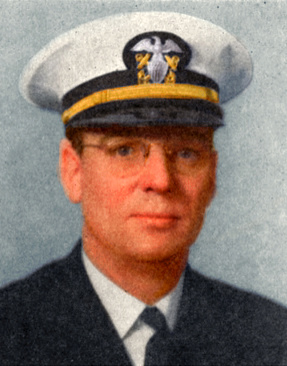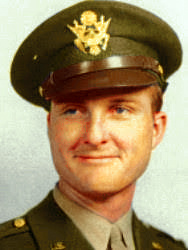TSGT Yeiki Kobashigawa, 26, USA (1917–2005)
Company B, 100th Infantry Battalion (Separate) – attached to the 34th Infantry Division
Lanuvio, Italy
June 2, 1944
Presented June 21, 2000
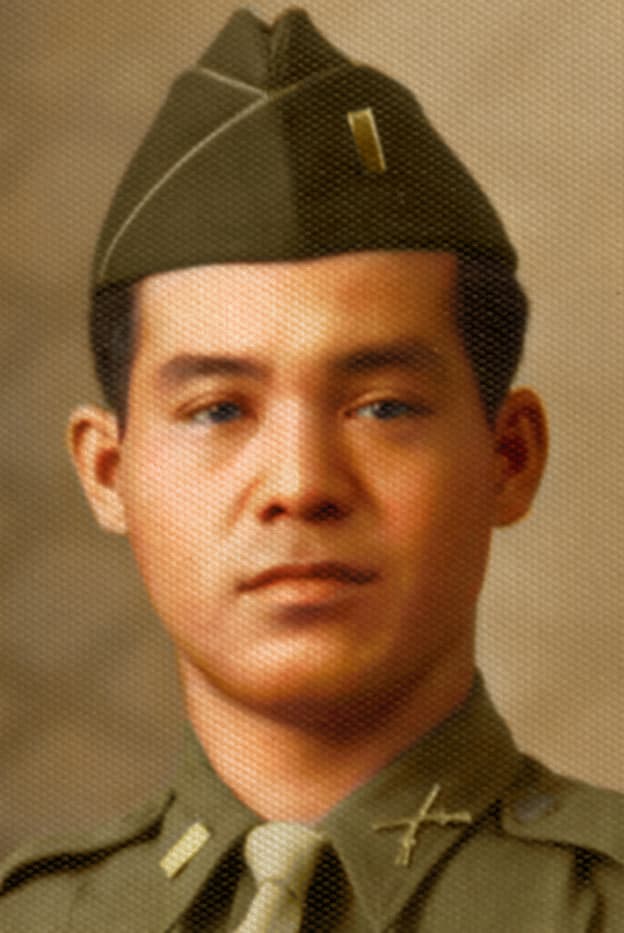
The President of the United States of America, in the name of Congress, takes pleasure in presenting the Medal of Honor to TSGT Yeiki Kobashigawa (ASN: 30101851), United States Army, for conspicuous gallantry and intrepidity in action above and beyond the call of duty while serving with Company B, 100th Infantry Battalion (Separate), attached to the 34th Infantry Division, in action against the enemy on June 2, 1944, in the vicinity of Lanuvio, Italy.
During an attack, TSGT Kobashigawa’s platoon encountered strong enemy resistance from a series of machine guns providing supporting fire. Observing a machine-gun nest 50 yards from his position, TSGT Kobashigawa crawled forward with one of his men, threw a grenade and then charged the enemy with his submachine gun while a fellow soldier provided covering fire. He killed one enemy soldier and captured two prisoners. Meanwhile, TSGT Kobashigawa and his comrade were fired upon by another machine gun 50 yards ahead. Directing a squad to advance to his first position, TSGT Kobashigawa again moved forward with a fellow soldier to subdue the second machine-gun nest. After throwing grenades into the position, TSGT Kobashigawa provided close supporting fire while a fellow soldier charged, capturing four prisoners. On the alert for other machine-gun nests, TSGT Kobashigawa discovered four more, and skillfully led a squad in neutralizing two of them. TSGT Kobashigawa’s extraordinary heroism and devotion to duty are in keeping with the highest traditions of military service and reflect great credit on him, his unit, and the U.S. Army.

